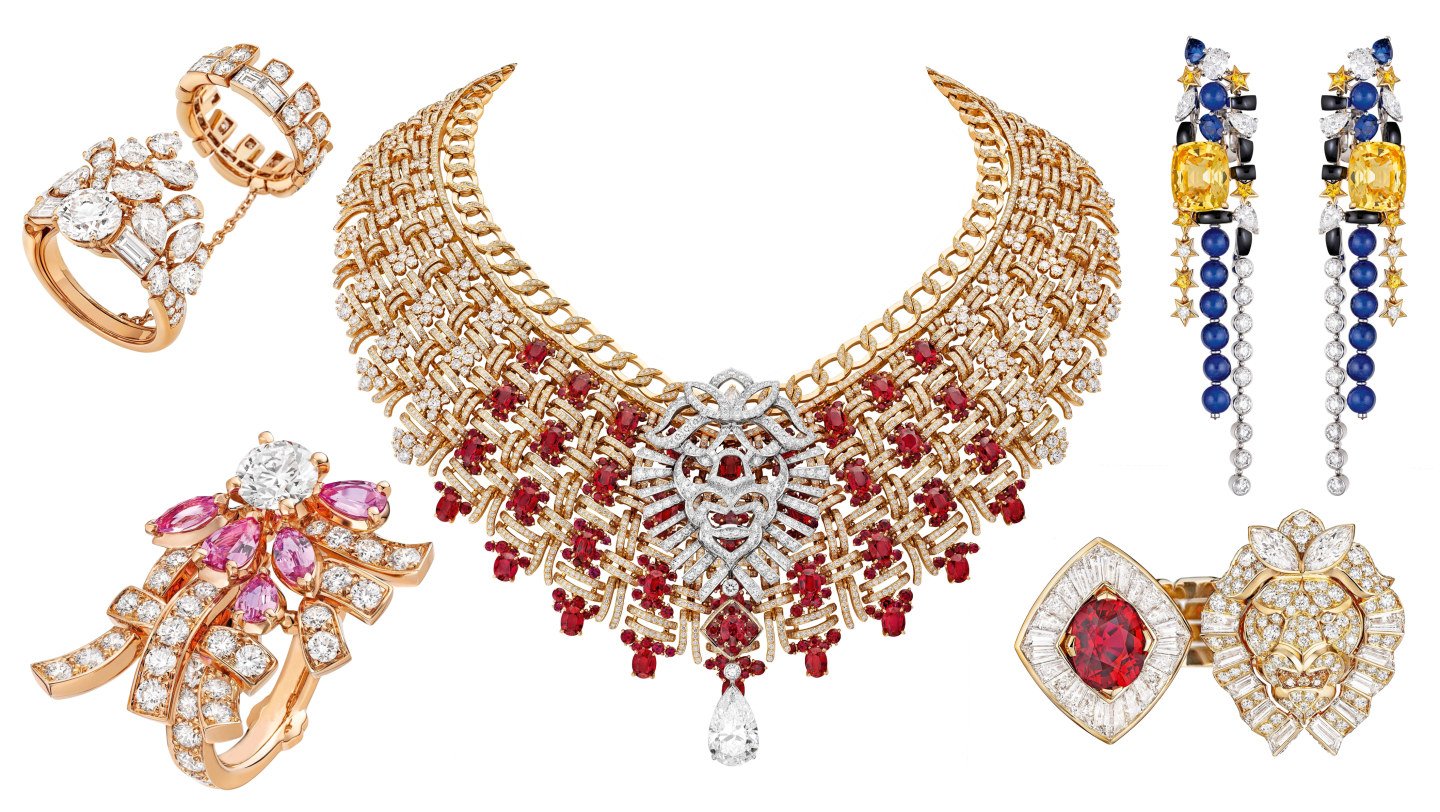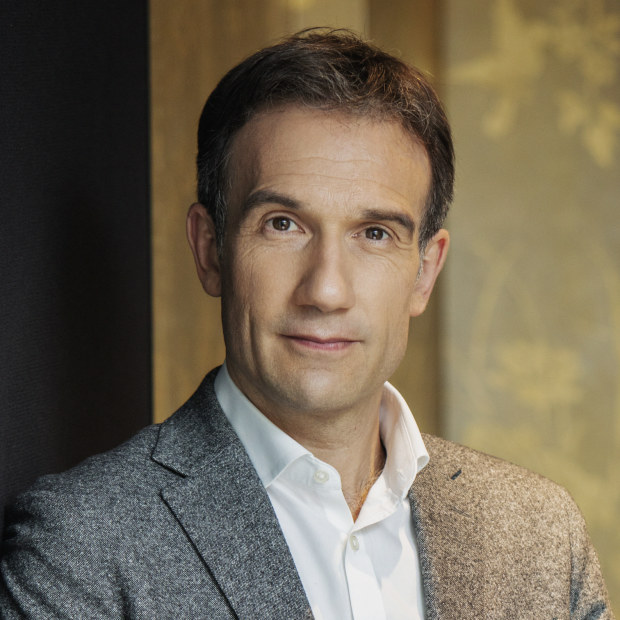The French fashion house turning fabric into jewellery
From the Scottish Highlands to high jewellery fantasy, Chanel’s Patrice Leguéreau reveals the glittering virtues of tweed.
Deep underground in Hong Kong’s Central Station, Patrice Leguéreau spotted a young woman in Nike sweats wearing what he assumed to be an imitation of one of his multimillion-dollar, diamond-dotted designs. In French, he pointed out the offending necklace to his companion. Suddenly, the woman turned to him. “Oh, Patrice! What are you doing here?”
“It was one of our clients in a real necklace,” laughs Leguéreau, jewellery creation studio director for Chanel. “She was hiding her high jewellery in her sweatshirt to make it look casual. People don’t think it’s going to be real.”
Indeed, the aesthetic of Leguéreau’s creations is so fantastical that, out of context, they possess a hint of the surreal. Take the Tweed Royal necklace, the centrepiece of Chanel’s latest high jewellery offering: a yellow gold “woven” bib necklace that took a total of 2400 hours to realise. Set with diamonds and a symphony of 37 oval-cut unheated rubies and finished with a 10.17-carat pear-cut diamond, it can also be detached and worn as a ring.

Clockwise from top left: Tweed Camélia Dentelle ring; Tweed Royal necklace; Tweed Étoile earrings; Tweed Lion ring; Tweed Camélia Poudré ring.
Unveiled this June in London to honour Gabrielle Chanel’s lifelong love affair with Britain, the 64-piece collection, Tweed de Chanel, is an expansion of the house’s 2020 jewellery collection. It was the first to explore the richness of the signature tweed of the brand, realising its litheness and intricacy in precious metals and stones.
“Suppleness, flexibility and lightness,” was the dictum from Leguéreau to his atelier for the collection. “The pieces of Tweed jewellery had to be fluid, comfortable. Gabrielle was always evolving [her collection] to give women freedom of movement, so it’s the same [for jewellery].”
Having been fixated on Chanel tweed since his arrival at the house in 2009 (he previously worked at Cartier), Leguéreau takes a micro view of the layers, weaves and embellishments of the Chanel tweed archive, extruding them into articulated high jewellery pieces that can be disassembled.

Patrice Leguéreau, Chanel creation studio director.
The collection is divided into five sets including Tweed Ruban (ribbon), dotted with cultured pearls and diamonds set in white gold; Tweed Camélia, which features Gabrielle’s favourite flower etched in rose-gold embroideries, set with powder-pink and fuchsia sapphires; and Tweed Étoile (star), which interprets the depths of a starry night sky through black onyx, blue sapphires, yellow diamonds and lapis lazuli.
A Chanel tweed jacket is a universally recognised shorthand for chic. Chanel herself first encountered the fabric in Scotland through her romance with Hugh Grosvenor, second Duke of Westminster. The duke, who loved fishing and hunting, often donned tweed. Soon Chanel was borrowing it. In 1925, she created her first tweed jacket. Seven years later, Chanel would create the first high jewellery collection in history. “I want the jewellery to be like a ribbon on a woman’s fingers,” she said.
Both in work and life, Leguéreau’s design aesthetic is in step with Chanel’s. He recently moved to Paris’ Montmartre district into a traditional Haussmannian-style apartment. Like Chanel’s above the Rue Cambon store, Leguéreau’s apartment serves as an eclectic curiosity cabinet of souvenirs.
“I like things that evoke memories, that remind me of the people I have met,” he explains. “The things I have around me give a sense of [story], like Chanel. If you go to her apartment, there are a lot of objects that come together to create her universe.”
Leguéreau is also a painter and starts his jewellery design process in Chinese ink. His original watercolours were displayed next to the high jewellery collection space in the Royal Horticultural Halls in London. And when he’s not crafting coveted jewellery, Leguéreau likes to run. “I run marathons. I like the philosophy of running, you have to be passionate. It’s a long process, very complicated. And you have to be patient.”
When collections take up to three years to realise, designing high jewellery is something of an endurance test itself. “The best run is when you are relaxed and your body moves naturally. For creation, it’s the same.”
Introducing your Newsfeed
Follow the topics, people and companies that matter to you.
Find out moreRead More
Latest In Fashion & style
Fetching latest articles